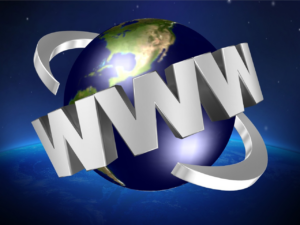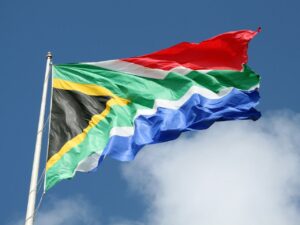Good fences make good neighbours, but who isn’t at least a little curious about whether or not their neighbours are playing ball with saving water?
Monday saw the City of Cape Town launch a new online water consumption map, which they claim is aimed at increasing our awareness of water consumption.
That, and you can basically water-shame your neighbours when they complain about your dog barking late at night.
Here’s Zara Nicholson‚ spokesperson for mayor Patricia de Lille, via Times LIVE:
The potential water-saving benefit for all of Cape Town of making water consumption indicators publicly available outweighs any privacy issues at this stage of the crisis…
This behaviour-modification tool attempts to acknowledge good savers and encourage those who have yet to join the efforts.
And de Lille herself:
The city will continue with extensive enforcement but it is not possible to police consumption at every household. The map is a transparent tool and will assist in actively managing and reducing consumption to avoid ‘day zero’ (when the city will start turning off taps).
Day Zero, hey – just take a second to think about what life will be like when the taps run dry. Those water collection points – no thanks.
So let’s take a snoop around that City Water Map tool then, shall we?
We punched in Nettleton Road in Clifton – because it’s super exclusive – and, after the website took a while to fire up, we were left with this:

So what do those dots actually mean? A quick breakdown:
The map shows city erven and colour-codes them according to monthly water consumption:
• Dark green dot: household using less than 6,000 litres per month;
• Light green dot: household using between 6,000 and 10,500 litres per month;
• Grey dot: estimated readings when the water meter is not read for some reason‚ or if no information is available for the property.
It should also be noted that the data used is from November, although the City will update as new data becomes available.
Given that we are all supposed to be using a maximum of 87 litres of water per day, we can do a little maths. That equates to about 2 600 litres per person per month, or around 5 200 for a couple living together.
In other words, if you live in a house with two people you should really be seeing a dark green dot.
That being said, the City’s tool has led to a major backlash online:
“Not only daft‚ but dangerous‚” said one commentator on the popular Facebook page Western Cape Watershedding.
“Sincerely hope people don’t start harassing the ‘no dot’ group. The map isn’t an accurate representation of who is saving water for the ‘no data’ crew‚” said another commentator.
Ratepayer groups were also unimpressed: “We don’t agree with it – there will be a large-scale naming and shaming‚” said Gavin Smith‚ of the Greater Cape Town Civic Alliance.
“What the system lacks is context – you don’t know how many people are on each property or if they have an exemption.”
He said the large data gaps were problematic. Nor would residents respond well to the “big stick approach”.
You know it’s getting serious when people are worried about online lynch mobs for water usage. You can find the online tool here.
We are in a real mess here, friends. Let’s just make sure we’re all doing our bit, because when push comes to shove it’s going to get very ugly around April 22.
And yes, you are a doos for having a bath because you want to ‘treat yourself’.
[source:timeslive]





